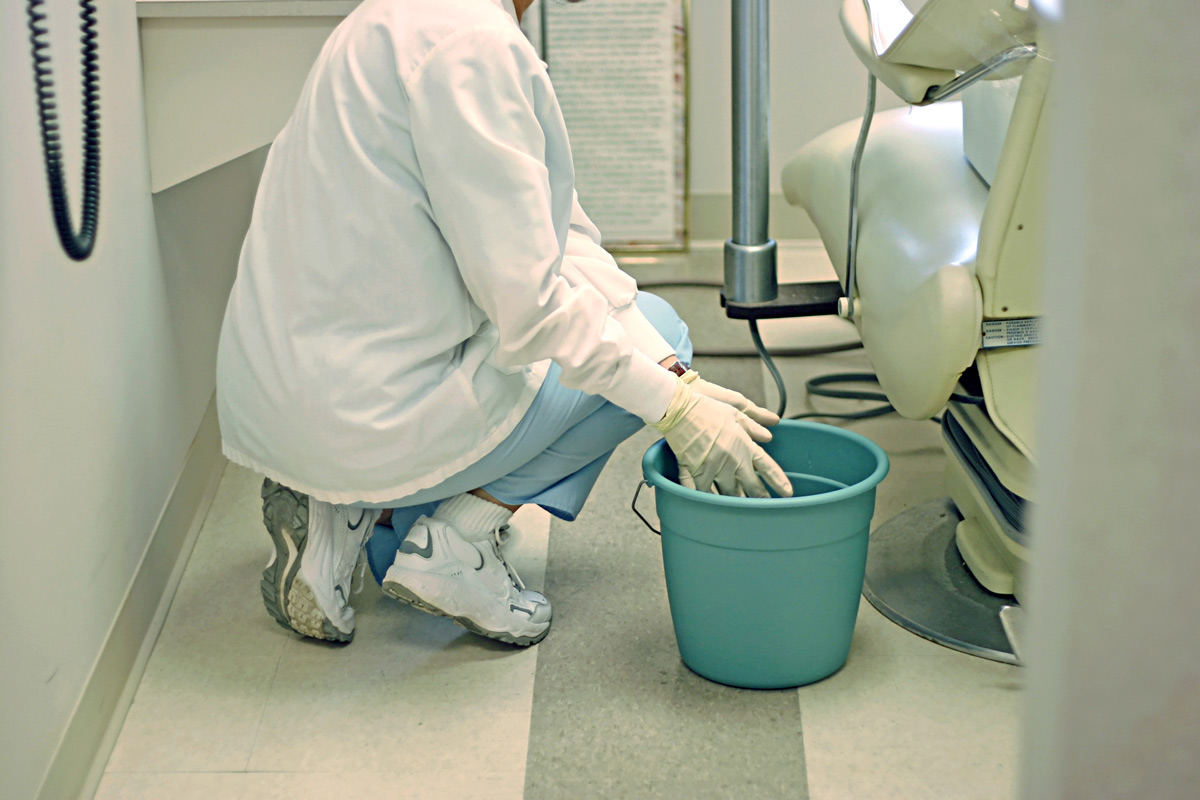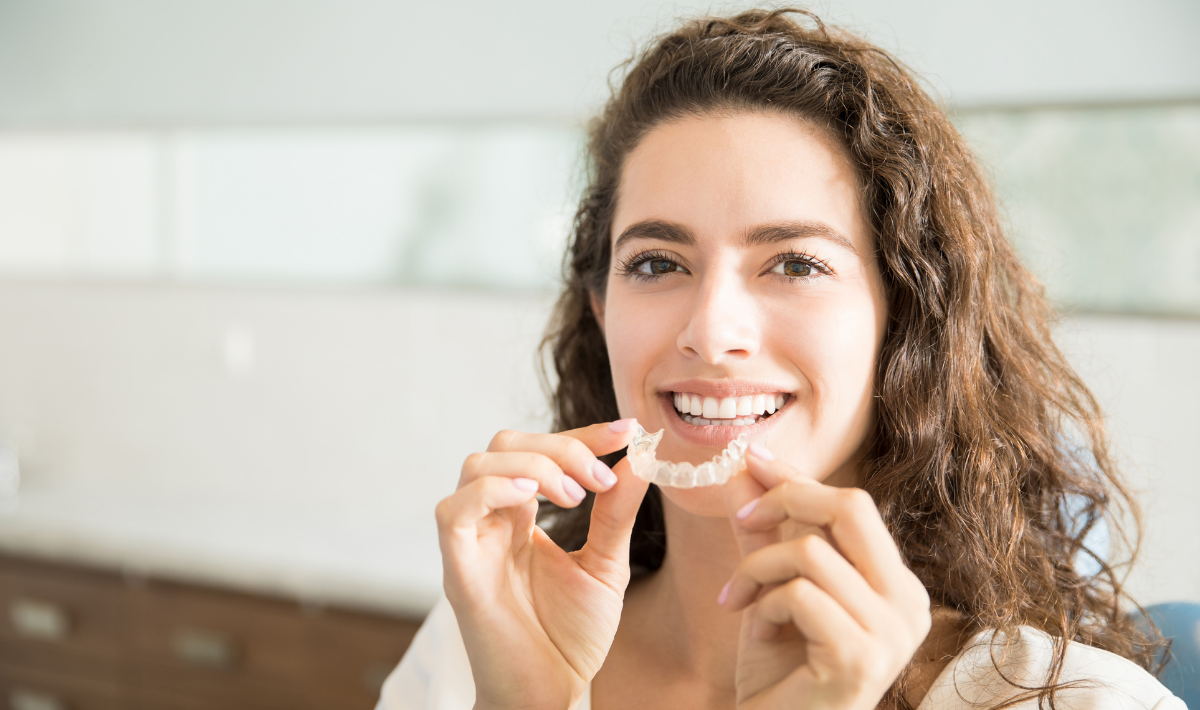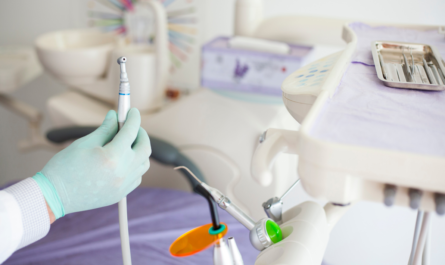The overwhelming majority of dental practices work very hard to ensure their patients’ safety and health during treatment, according to Organization for Safety, Asepsis and Prevention (OSAP) – a community of clinicians, educators, policy makers, consultants and industry representatives who advocate for the Safest Dental Visit™ OSAP – and it’s important for doctors and team members to convey that to their patients.
By discussing the following points, which are based on current dental infection control recommendations from the Centers for Disease Control and Prevention (CDC), the American Dental Association (ADA) and OSAP, the dental team can reassure patients they are in a safe environment, protected from the spread of infection.
- We sterilize all dental instruments, including handpieces, between patients. In keeping with Centers for Disease Control and Prevention, American Dental Association, and OSAP recommendations, dental professionals should be heat-sterilizing all instruments that penetrate or contact a patient’s oral tissues. Although autoclaves are most commonly used to sterilize dental instruments, some offices may have other types of heat sterilizers. Chemical-vapor sterilizers (chemiclaves) and dry-heat sterilizers also are appropriate for sterilizing dental instruments. Instruments that have been used on a patient should be heat-sterilized before they are introduced to treat the next patient. Most dental instruments are designed to withstand repeated heat sterilization.
- We take steps to ensure our sterilizer is working properly. Most practices use a variety of methods to ensure the office sterilizer is doing its job. In addition to monitoring the sterilizer’s gauges and readouts for proper temperature and (for autoclaves and chemical-vapor sterilizers) pressure, the dental team should wrap and seal instruments in packaging equipped with color-change indicators, which help identify instrument packages that have been sterilized, so there’s no chance that contaminated instruments could inadvertently be selected to treat the next patient. In addition, the dental team should routinely test their sterilizer using a vial or envelope containing spores. Referred to as biologic monitoring, subjecting commercially prepared, sealed spore strips or vials to a sterilization cycle, then culturing the spores to ensure they have been killed, is the highest guarantee that a sterilizer is functioning and being utilized properly. Most practices use biologic monitoring weekly or monthly in combination with color-change indicators on each instrument packet and monitoring of the sterilizer gauges and readouts.
- We change our gloves for every patient. Every dental care provider should use new gloves for each and every patient. For procedures that are likely to involve splash or spatter, the dental team should also don a new mask, as well as wear protective eyewear and apparel (possibly a gown or clinic jacket).
- We disinfect the surfaces in the operatory between patients. Between patients, the dental team should disinfect all the surfaces they are likely to touch during treatment. This eliminates the possibility of a dentist or auxiliary dental care provider transferring germs from a contaminated surface to the patient. To save time in preparing the treatment room for the next patient (and hopefully minimize time in the waiting area), many practices choose to cover surfaces, such as light handles, tubing and chair controls, with a plastic barrier film that keeps the surface underneath free of debris. Instead of disinfecting these surfaces between patients, the dentist or dental team member simply removes and discards the barrier and places a new, clean barrier on the surface for the next patient.
Most practices choose to cover some surfaces and disinfect others between patients. Some practices disinfect all surfaces between patients; others use protective barriers for all surfaces in the treatment room.
Editor’s note: OSAP focuses on strategies to improve compliance with safe practices and on building a strong network of recognized infection control experts. The organization offers an online collection of resources, publications, FAQs, checklists and toolkits that help dental professionals deliver the Safest Dental Visit for their patients. Plus, online and live courses help advance the level of knowledge and skill for every member of the dental team. For additional information, visit www.osap.org.




